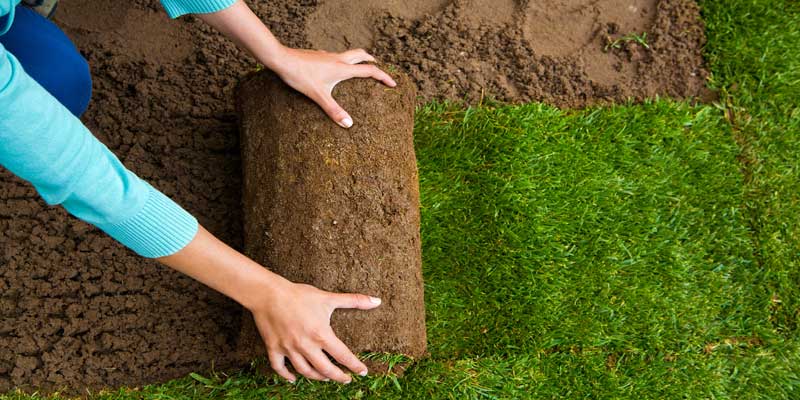
Most landscaping designs created for residential gardens have a lawn. Perhaps you have had a landscaper redesign your garden and turn it from an uninspiring area of your property into a stunning, naturally landscaped garden that is the talk of the neighbourhood. Landscaped gardens are impressive, but to keep them that way requires a fair amount of care and maintenance.
One area of landscaped gardens that requires more than its fair share of care and attention is the lawn. Apart from mowing it to stop it from overgrowing and spoiling your garden’s appearance, other tasks, such as feeding your lawn, are necessary. Unfortunately, there are some homeowners whose lawn requires more work than just routine maintenance that garden beds or garden pots require.
What we are talking about here are lawns that have specific problems, and thus remedial work to restore them is required. In most cases the problem faced will be one of the four most common that lawns suffer from. These are 1) Weeds, 2) Pests, 3) Diseases, and 4) Soil lacking nutrients. Let us take a look at each of these in more detail and how they can be remedied.
Weeds
There are some landscapers and gardeners who jokingly claim that Mother Nature was in a mood when she allowed weeds to be created, given how much harm they do and how much work they generate. Weeds invade lawns, just as they do flowerbeds and shrubberies, and cause the grass to have to compete for water, sunlight, and nutrients.
The most common weeds you will find on lawns are clover, dandelions, and nutgrass. What makes matters worse is these can all grow much faster than the grass on your lawn. To rid your lawn of weeds, you can remove them by hand, ensuring you take the roots too or use an organic weedkiller that is marked as suitable for use on lawns.
Pests
By far the most common pests you will find in Australia that harm lawns are caterpillars. There are various types, including sod webworms, cutworms, and armyworms, and regardless of which one has invested in your lawn, you can be sure it will feast itself on your grass until it grows enough to become a moth.
The main way to rid yourself of caterpillars is with insecticides, but as always there are different types. One type is preventative pellets which kill the caterpillars as they hatch to stop them from doing damage in the first place. Curative insecticides kill adult caterpillars that will have already damaged a lawn.
Diseases
The majority of lawn diseases you might encounter in your landscaped garden are caused by fungi. Signs of diseases can vary but look out for coloured dust on the grass, discoloured spots, black spots near roots, white slime on your lawn, and patches of dead grass.
One cure is to allow your grass to dry out completely, as fungi love moisture and humidity. Alternatively, you can use fungicides, but these must be used with extreme care as most are toxic.
Soil Lacking Nutrients
Here, it is not external nasties harming the grass but the very soil it is growing in. Grass requires a multitude of nutrients to thrive, including potassium, phosphorus, nitrogen, calcium, sulphur, and magnesium. Sings they are lacking are discolouration, thinning and dead patches.
One cure is to regularly spread nutrient-rich fertiliser on your lawn which is the easiest way to fix this. A more comprehensive fix is to top-dress your lawn by cutting your grass short and then spreading organic soil mixed with fertiliser across the lawn’s surface.